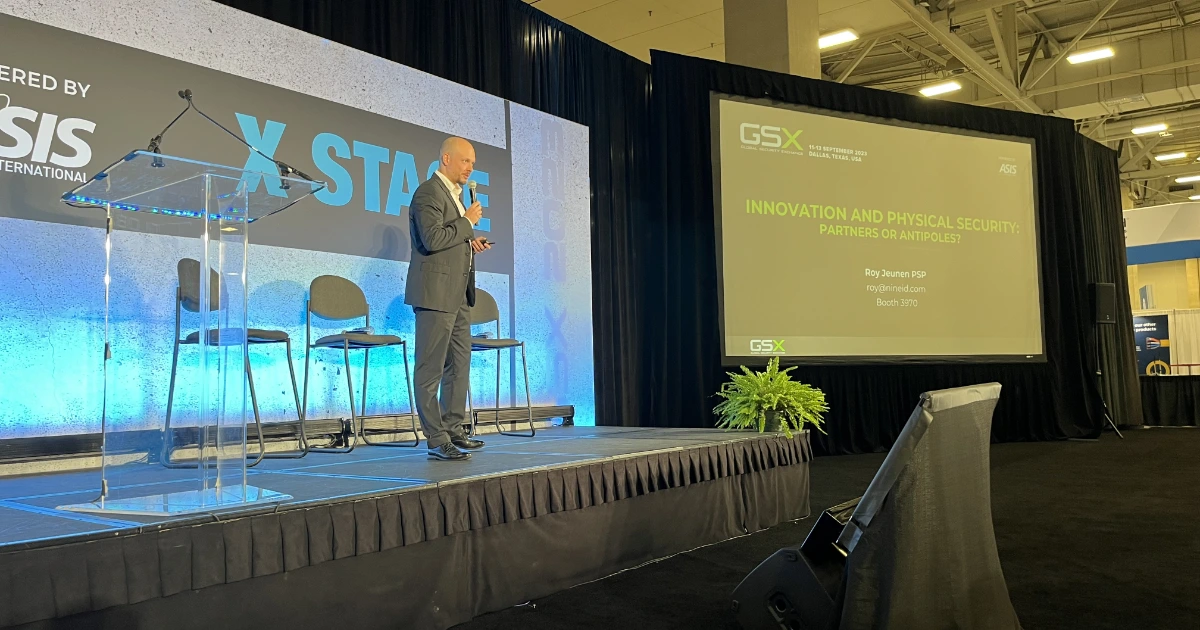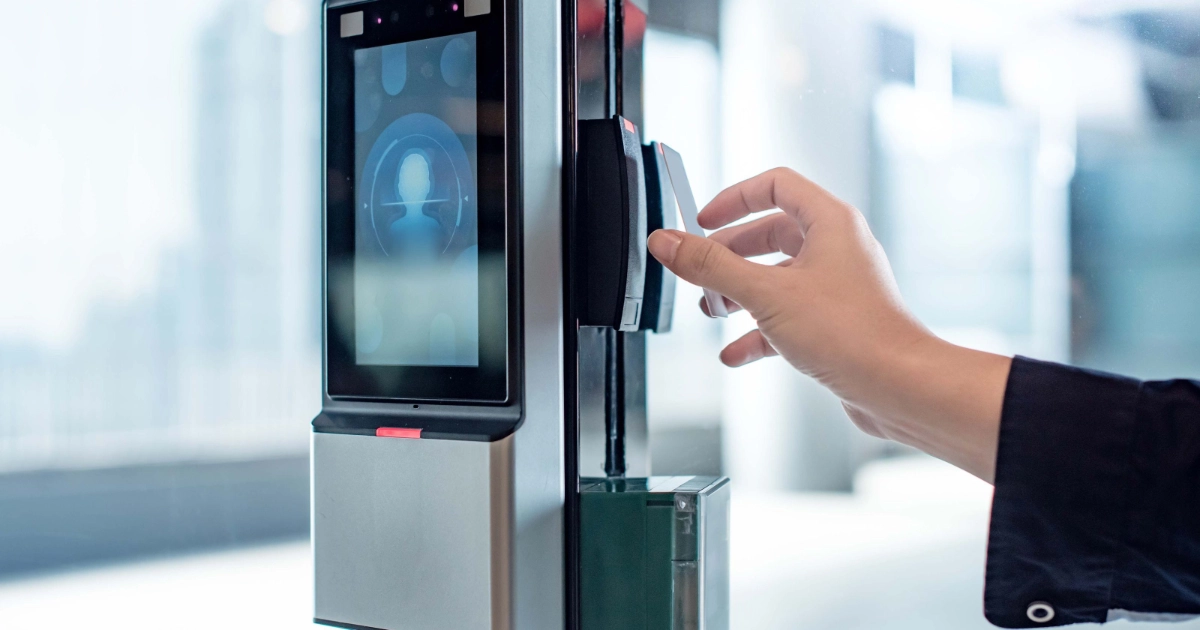Biometrics
Innovation and Physical Security: Partners or Antipoles?
The relationship between innovation and physical security has always been a topic of debate. Are they partners working hand in hand, or do they stand at opposite ends of the spectrum? The answer, as with many things, is nuanced.
A Glimpse into the Past
The 1970s marked a significant era for physical security. In 1973, Charles Walton invented a passive RFID tag to enhance security in door-locking systems. This was a revolutionary step, especially when you consider that the same year saw the introduction of the Xerox Alto, a pioneering computer.
The subsequent decades brought forth more advancements. The 1980s and 1990s witnessed the introduction of electronic identity cards, proximity readers, and the Wiegand interface. Fast forward to the 2000s, and we saw the rise of smart cards, card encryption, the growth of one-to-many biometric solutions, the Open Supervised Device Protocol (OSDP), and platforms built on top of existing solutions, such as kiosks.
The Current State of Affairs
Despite these advancements, a startling revelation emerges: we're still heavily reliant on technologies from over 20 years ago. But why?
- Lack of Adoption of New Systems: Instead of embracing new technologies, we've continuously built on top of existing platforms.
- Lack of Traction: Innovative security platforms haven't gained widespread traction or adoption.
- Risk Aversion: Organizations generally shy away from risk. This aversion stems from a fear of vulnerabilities and the potential for new security systems to introduce unknown weaknesses or expose the organization to unforeseen threats.
The Risks of Stagnation
Not innovating poses significant threats:
- Increased Vulnerability: There are now hacking tools that can easily copy even encrypted cards. Moreover, security research has found exploitable vulnerabilities in protocols like OSDP.
- Failure to Adapt: As working environments change, outdated security systems can't keep up.
- Legislative Challenges: Work-arounds and add-ons become necessary to stay compliant with renewed legislations.
To stay ahead of the curve, embracing innovation is not just a choice; it's a necessity.
Implementing Innovation: A Guided Approach
For organizations looking to modernize their security infrastructure, the following guidelines can be invaluable:
- Assess the Current State: Understand where you stand.
- Risk Assessment: Identify the current risks associated with your existing systems.
- Define the Project: Understand the scope and key success factors.
- Project Risk Assessment: Understand the risks associated with the modernization project.
- Mitigation Controls: Implement controls to mitigate identified risks.
- Start Small: Begin with a limited scope to test the waters.
- Monitor and Review: Regularly review the implementation to ensure it meets the desired objectives.
- Scale: Once confident, expand the scope of the project.
Remember, the goal isn't to scope product requirements but to understand and address the problem.
Future Trends to Watch
The future of physical security is exciting, with several trends on the horizon:
- User-Centric Approach: The focus will shift from products to user processes.
- Mobile Credentials: The use of mobile devices as security credentials will become more prevalent.
- Biometric Authentication: There will be a move towards 100% person authentication using biometrics.
- Open Standards: Expect more open standards and integrations.
- Contactless Solutions: As the world moves towards contactless interactions, security solutions will follow suit.
Conclusion
Innovation and physical security are not antipoles. Instead, they can and should be partners. By understanding our history, acknowledging our current state, and looking forward to future trends, we can ensure that our security infrastructure is robust, adaptable, and fit for the challenges of the modern world.





